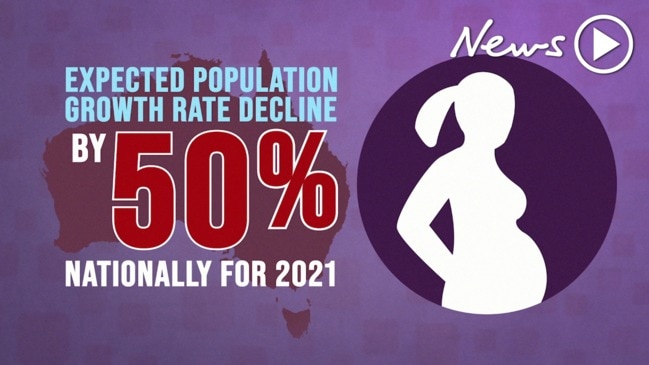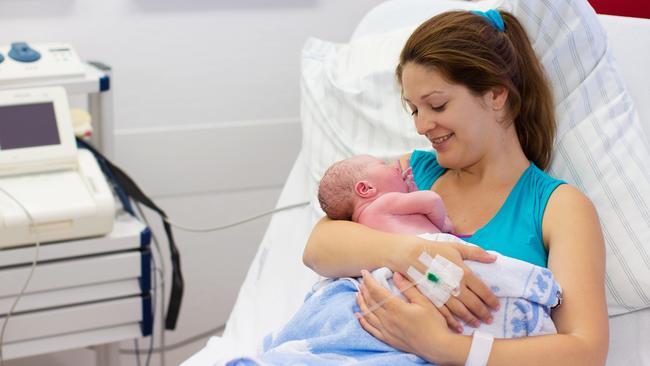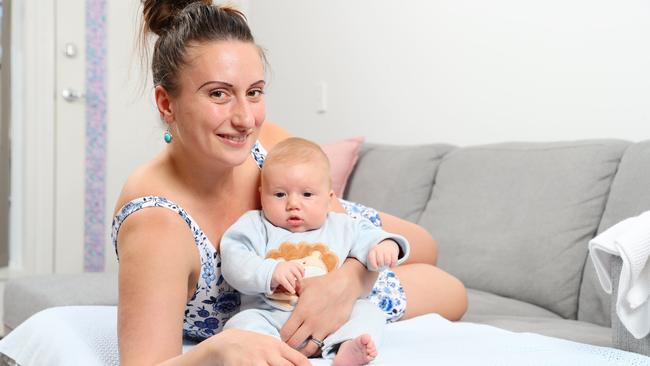Percentile birth weight charts not picking up underweight babies
Australian researchers say baby percentile birth weight charts need to be urgently revised after discovering a significant problem with the data.

QLD News
Don't miss out on the headlines from QLD News. Followed categories will be added to My News.
BABY percentile birth weight charts are significantly underestimating the number of underweight babies and urgently need to be revised, researchers, including Queenslanders, have found.
Centile curves of birth weight by gestational age are widely used in obstetric, paediatric and general medicine.
During pregnancy, they are used to assess foetal growth and to screen for small and large foetuses at increased risk of complications and in the post-natal period, they are used to identify neonates at increased risk of complications such as hypoglycaemia and to assess their growth.
Queensland doctors report baby boom following COVID-19 lockdown
Doctors teach next generation more relevant anatomy parlance
Australia to buck the trend as global population peaks

The 10th centile is often used to define small-for-gestational age (SGA) babies. The exact centile cut-offs therefore have important implications for the child.
The research which is published today in the Medical Journal of Australia, analysed data from the Australian Institute of Health and Welfare (AIHW) National Perinatal Data Collection, a population-based surveillance system for all births of at least 400g birthweight or at least 20 weeks’ gestation.
They excluded data from babies born because of obstetric intervention which are included in the current system.
“Removing the intervention group from birthweight-based growth curves excludes a significant source of bias and leads to more accurate diagnosis of pre-term SGA, better identifying infants at risk of stillbirth and neonatal problems,” lead author Dr Farmey Joseph, from the Royal Prince Alfred wrote.
The researchers new charts show only 3 per cent of spontaneous births of less than 34 weeks’ gestation would have been picked up as being in the bottom 10 per cent of birth weights based on the current charts.
The University of Queensland, University of Canterbury, The University of Sydney, The University of New South Wales, Royal Prince Alfred Hospital were all involved in the study.
“Our methods could be applied to constructing growth charts for other populations for which the local obstetric database reliably differentiates between spontaneous deliveries and deliveries by intervention,” the author said.

Sunshine Coast couple Deb and Matt Ford welcomed their first son Harrison on June 6 this year weighing in at a healthy 3.55kg.
“He is in the top 98th percentile for his height and I think he is pretty normal for his weight, he’s in the top half I think,” Mr Ford said.
“He’s six weeks now and he is always smiling and laughing, he is a big unit with those big chubby cheeks, he’s awesome.”
